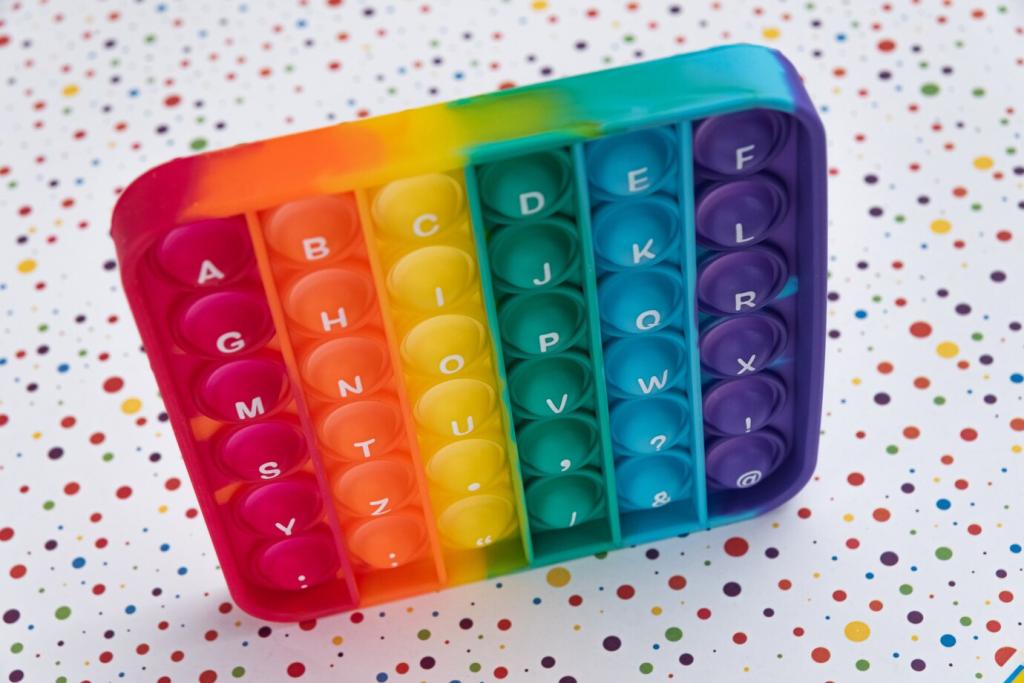Design, Failure, and Iteration: The Engineering Mindset
Start sketching, then build quickly with what you have. Cardboard bumpers, zip ties, and tape can validate a concept before a full redesign. Show us a scrappy prototype you loved—subscribers vote monthly, and we highlight the cleverest low-cost experiments.
Design, Failure, and Iteration: The Engineering Mindset
Engineering notebooks capture ideas, parameters, and test results. Photos, code snippets, and quick diagrams expose patterns and inform next steps. Drop a note about how you document progress; we’ll compile community tips into a downloadable guide.






